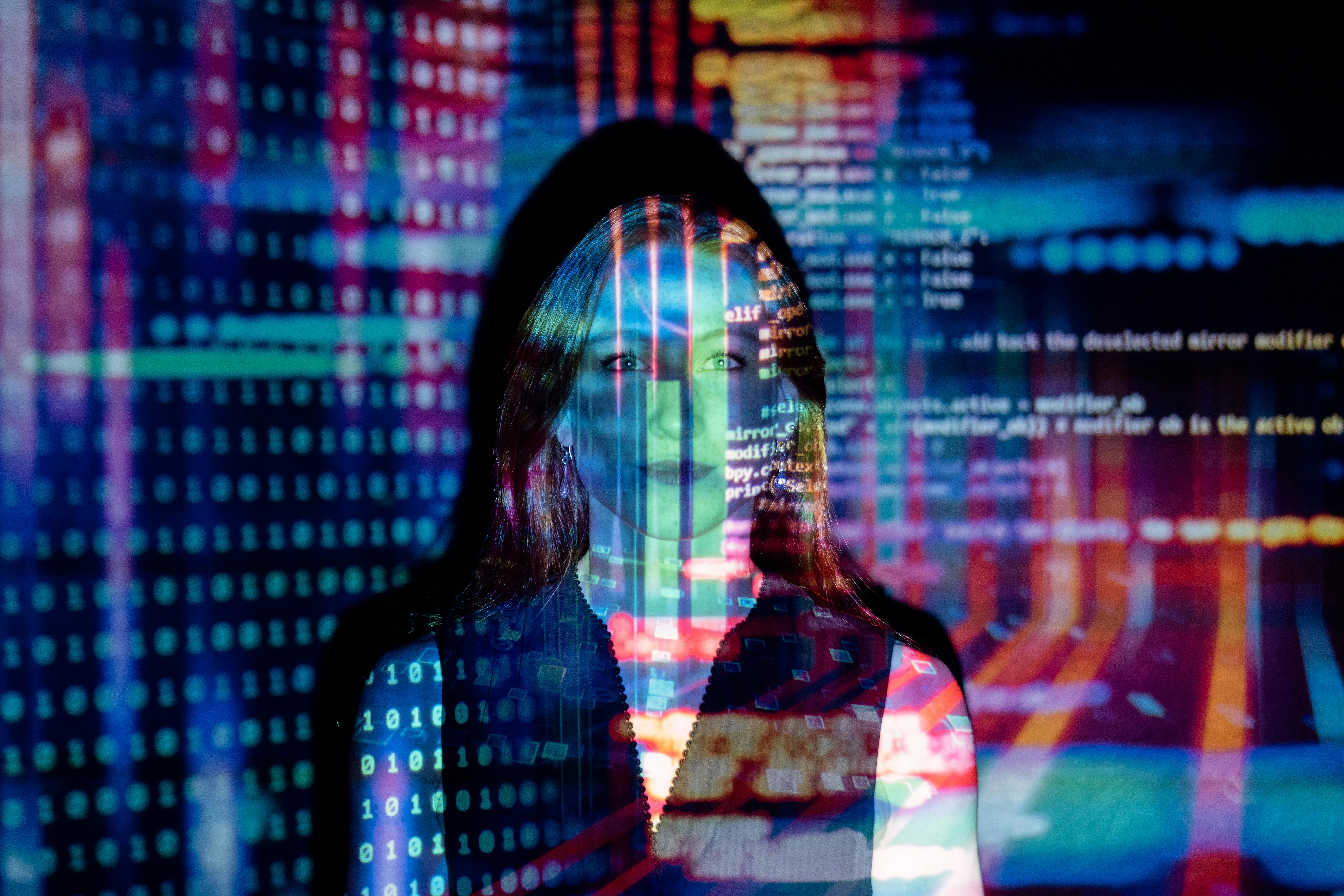A New Wave: The Rise of Virtual Reality in Theater
The world of theater has always been a realm of innovation and creativity. Historically, it has been a platform for artists to explore new forms of expression and storytelling. Recently, a novel trend has emerged in this space, breaking the barriers of conventional theater - the integration of Virtual Reality (VR). This article delves into the fascinating journey of VR in the theater, discussing its roots, current developments, and potential impacts.

The Origins of Virtual Reality in Theater
The idea of integrating technology into theater is not new. Early attempts date back to the 1920s when German director Erwin Piscator used film projections in his plays. However, the concept of using virtual reality, an immersive, interactive experience generated by a computer, came into existence only towards the end of the 20th century.
In the 1990s, pioneers like Brenda Laurel began experimenting with the possibilities of VR in theater. Her groundbreaking project, “Placeholder,” allowed users to embody different characters and explore virtual landscapes. This was a revolutionary moment, opening a new chapter in the history of theatrical productions.
The Current Landscape: Merging Reality and Virtuality
The integration of VR into theater has gained significant momentum in recent years. This can be attributed to the advancements in technology, making VR more accessible and user-friendly. Companies like The Virtual Stage and TheatreCloud are creating immersive theatrical experiences that transport audiences into the story.
A notable example is the play “Draw Me Close,” a co-production between the National Theatre and the National Film Board of Canada. This immersive play uses VR to create a poignant exploration of the relationship between a mother and her son. The audience members, wearing VR headsets, become active participants in the narrative.
The Impact: A New Dimension to Storytelling
The fusion of VR and theater has the potential to redefine the way stories are told and experienced. It offers a more intimate and immersive form of storytelling, blurring the line between the audience and the performers. It allows the audience to step into the shoes of the characters, experiencing their emotions and perspectives first-hand.
Moreover, it opens up new opportunities for creative expression. Directors and playwrights can experiment with non-linear narratives, multiple perspectives, and interactive elements, enriching the theatrical tradition.
However, this new form of theater also raises questions about the essence of live performance. As VR theater becomes more prevalent, it will be interesting to see how it navigates the balance between technology and the human touch.
Looking Ahead: The Future of VR in Theater
The integration of VR in theater is still in its infancy, and its full potential is yet to be explored. As technology continues to evolve, it will pave the way for more innovative and immersive theatrical experiences.
There are potential challenges to be navigated, including accessibility and cost. However, as VR becomes more mainstream, these barriers are likely to diminish. The future of VR in theater looks promising, offering a new canvas for artists to express their creativity and transform the audience’s experience.
In conclusion, the merging of VR and theater represents a fascinating blend of technology and art. It is a testament to the ever-evolving nature of creative expression, pushing the boundaries of what is possible in the realm of storytelling. As we look to the future, it is exciting to imagine the new horizons that this innovative combination will open in the world of theater.






